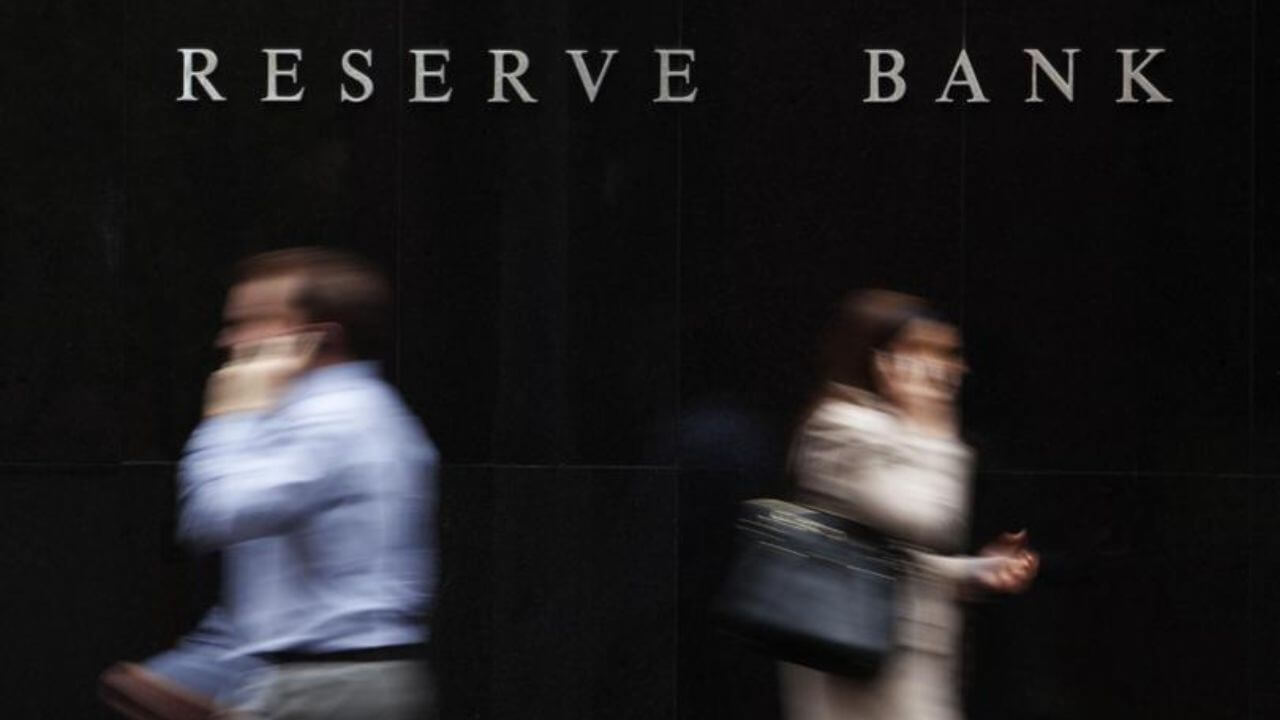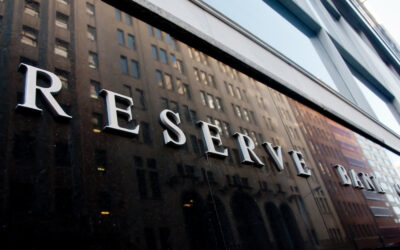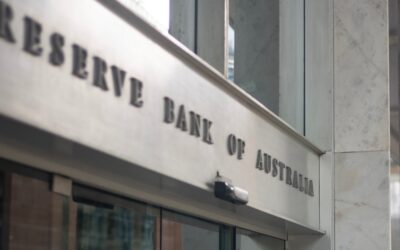In this article:

In a move that steadies Australia’s financial pulse, the RBA has decided to leave the official cash rate at 4.35% until it meets again in May.
This decision reflects the RBA’s continued ‘steady-as-she-goes approach’ as they seek to balance economic growth and inflation control.
Mark Bouris responded immediately to the RBA’s decision saying its not great news, its not bad news:
“They keep talking about uncertainty in relation to where inflation is going, and what wage growth looks like, what unemployment looks like.”
“Basically it looks to me that they’re hedging their bets to make sure that they keep us guessing and don’t allow us to fall into a level of complacency, where we start spending more money, which would bring inflation back up.”
“The outlook remains highly uncertain”
The RBA Board’s Statement on this month’s decision states much of the same that we’ve seen in recent months:
“The headline monthly CPI [or inflation] indicator was steady at 3.4 per cent over the year to January, with momentum easing over recent months, driven by moderating goods inflation. Services inflation remains elevated, and is moderating at a more gradual pace.”
“The outlook remains highly uncertain. While there are encouraging signs that inflation is moderating, the economic outlook remains uncertain. The December quarter national accounts data confirmed growth has slowed. Household consumption growth remains particularly weak amid high inflation and the rise in interest rates.”
The RBA board forecasts that inflation won’t reach the “target range” until 2025 at the earliest, with very cautious wording used in their statement: “The path of interest rates that will best ensure that inflation returns to target in a reasonable timeframe remains uncertain and the Board is not ruling anything in or out.”
With commentators wary about Australia’s sluggish GDP numbers, today’s decision comes amid varied arguments, with some economists calling for rate cuts sooner rather than later, and other economists saying hold out until 2025!
CoreLogic’s latest monthly housing data for March 2024 suggests a market exhibiting signs of stability, propping up the RBA’s decision to keep the rate unchanged.
Everyday Impact
What does this all mean for you? If you’re currently paying off a mortgage, your rates aren’t going up this month, which means no extra pinch on your budget. However, many borrowers will remember the days the cash rate being at 0.10% during the COVID era, and average mortgage repayments were at least half of what they currently are. These days are now firmly in the past, and those rates are deemed as historical lows that are unlikely to be revisited any time soon.
For businesses, stable interest rates often translate to the steady consumer spending necessary to keep cash registers humming. The clear message for both businesses and consumers is not to expect any drastic changes in monetary policy for the foreseeable future.
However, speaking to Mark Bouris on Property Insights, Stephen Koukoulas said that he’s “getting more worried” about Australia’s economic outlook and the impact it could have on households across the nation.
“I don’t want to be too gloomy,” said Koukoulas, “but as we see the monthly range of economic indicators come through, I can’t see a huge amount of reason to be optimistic about the economy rebounding strongly.”
“Unemployment has already gone up by 0.7% from 3.4% to 4.1%…that’s quite a lot! It’s currently higher than in the U.S., who has experienced more rate hikes than we have in Australia.”
“The unemployment rate hit 4.1% a few weeks ago now. So not a bad result. But in economics, it’s the momentum of economic indicators that matters.”
“We’ve gone from 3.4% to 3.7% to 3.9% and now 4.1%. And with job ads still decreasing, job vacancies coming down, then the unemployment rate is going to go up more in the next few months.”
Koukoulas referenced RBA predictions that unemployment will top out at 4.5%, saying he’s concerned unemployment will go higher without a rate reduction in the near future.
“When you look at the correlation between things like job advertisements, because we do get good measures of these numbers from Seek and Indeed. These big recruiting companies have seen between 20-25% fewer job listings, when compared with their peak demand. Demand for labor is falling, we’ve had a big increase in immigration – it’s a long way of saying that I think 4.5% would be a very optimistic forecast for the unemployment rate.”
The risk, according to Koukoulas, is that unemployment reaches 5%, which could spell bad news for the economy.
Tips for Mortgage Holders?
For Current Mortgage Holders
Maintaining your payments at the current levels, even when the rates are on hold, could save you interest in the long run. This is a good time to review your financial position and consider if you can make extra repayments now, which could spell significant savings down the line.
Also, don’t stick your head in the sand. Engage with your lenders – sometimes a simple conversation can lead to a new deal or a better rate, even without a cash rate change.
Or better yet, have a mortgage broker do the heavy lifting. They can provide invaluable insights and options for you to get the most of your loan by negotiating with your existing lender on your behalf, or finding more suitable loan options that you could refinance to.
For First Home Buyers
This interest rate hold spells a clearer forecast for your borrowing capabilities. It means what you’re eligible to borrow today will most likely remain the same, barring any personal financial changes.
Use this stability to your advantage. Start or continue diligent savings plans, so when you’re ready to step onto the property ladder, you are financially sturdy. Here’s some insights on how to plan to make your first property purchase in 2024.
Looking to the Next Decision
While the rates have been kept on hold, it’s no time for belt loosening. Stay informed, stay proactive, and most importantly, stay ready. The RBA’s steady hand this month keeps us all guessing what might come next.



